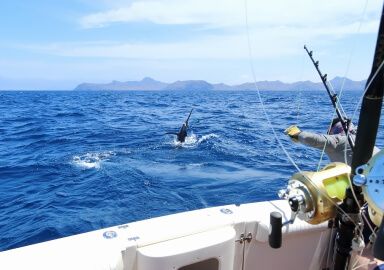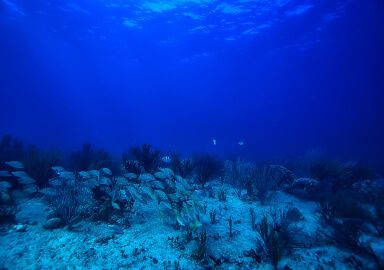Bonito
The Atlantic bonito It is a fast moving, shoaling, compact, medium sized torpedo shaped predator, closely related to tunas and mackerels, and is found in the warmer areas of the Atlantic Ocean.
View 72 listings
72
listings
–
price starting from
20
countries
Where and When?
This species can be found and caught along both the eastern and western shores of the “middle” Atlantic Ocean except for some areas around the Caribbean Sea. Excellent light tackle fishing can be obtained in Florida shore and at many other sport fishing resorts around the south western USA coastline. They are also to be found in the Mediterranean Sea and down and round the West African coast to Port Elizabeth in South Africa. In South America they extend, intermittently, down the east coast to Brazil. While it is an open water species it is usually found fairly close or even very close to land. A migratory fish, bonito is usually more abundant in summer, especially in cooler water areas, although in some localities it is present year-round.
About Bonito
The Atlantic bonito (Sarda sarda) is one of eight members of the Scombridae family, which also contains tunas and mackerels, and is easily confused with bonita (Euthynnus alletteratus) which is a similar looking but generally smaller species. It grows rapidly, to a length of about 90 cm and mass of 11 kilograms, in about five years. It’s extremely hydrodynamic shape allows it to attain great speeds and be very energy efficient in spite of being constantly on the move. It is a piscivore, eating almost only fish and crustaceans, and sometimes eats young of its own species. It usually moves around in large shoals of similar sized individuals and can often be found around diving waterbirds predating on the same “bait” fish. It is found around most of the subtropical and tropical Atlantic, usually fairly close to the shore in water up to about 200 meters deep.
How to Catch?
As a medium sized, very fast moving open water fish eating species, the Atlantic bonito is well suited to fly and light tackle spinning sport anglers. It is not often caught from the actual shore or piers but boat fishing, even fairly close to shore, can produce excellent results. The greatest fun/success can often be had by looking out for and following diving birds and casting rapidly towards the action. A hooked bonito will usually smash into the lure/fly and peel the line off the reel at an amazing speed. When its mouth is closed it glides through the water effortlessly and can give an exceptional fight, although most fish caught are only around 11/2 feet long. Landing this species on light tackle is not easy and, although a significant proportion of fish will not be landed, the proportion that is landed can make fishing for this species very rewarding.







